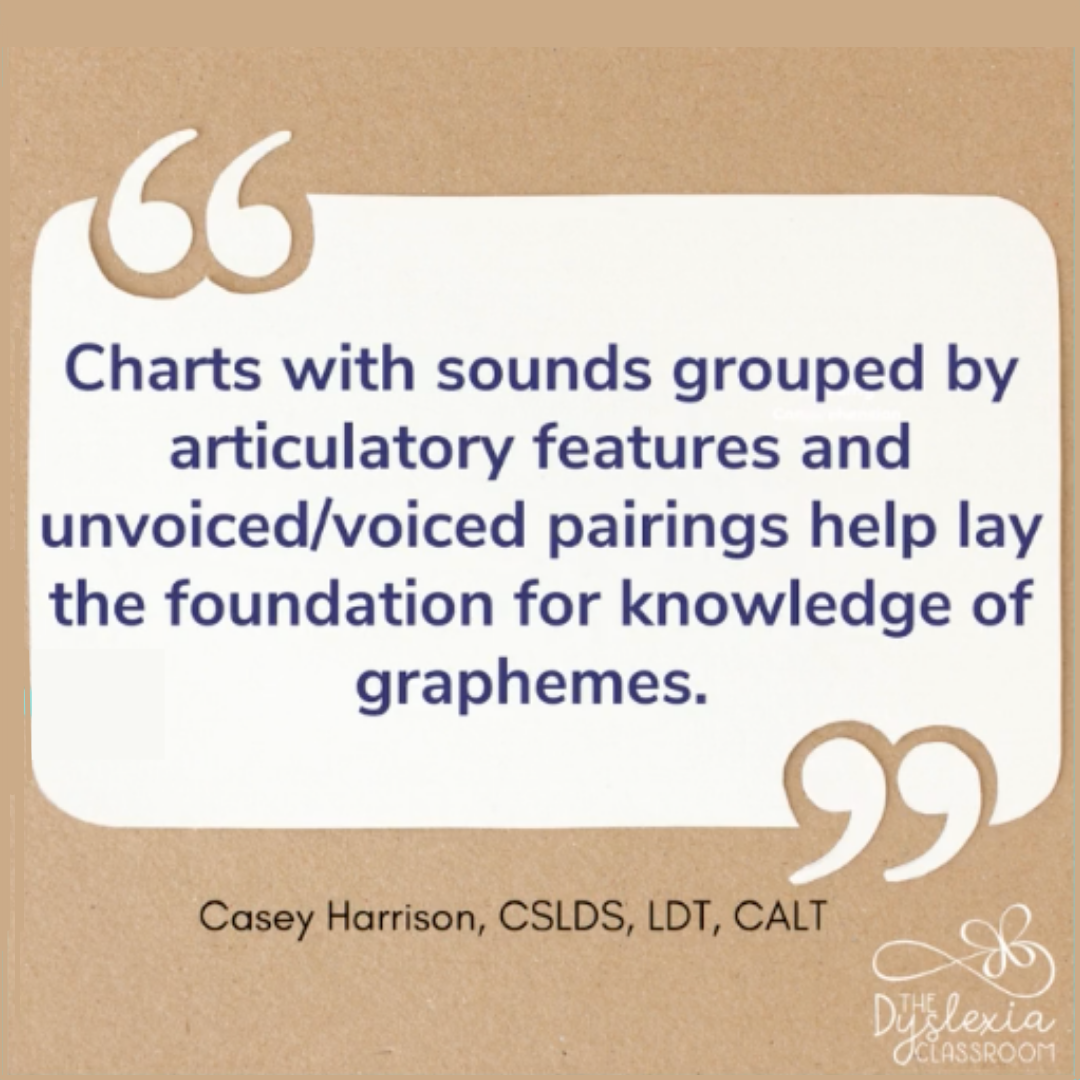What in the World is a Fricative?
Hi, friends! Today, we're continuing our review of the consonant sound groupings. If you are working on implementing a sound wall or you want to shift how you approach teaching phonics, then this is for you.
In my work with students, we focus on the speech to print approach when we explicitly teach phonemes, or those individual speech sounds, to students. We begin by introducing the sound and connection to the mouth formation. Research shows that our brain makes memory traces of sounds by paying attention to our mouth formations. When we begin with this sound, we're actually laying the foundation for knowledge of graphemes. This anchors our phoneme-grapheme correspondences.
Consonants are usually grouped, or taught, according to their articulation features or how the sound is made. We can group some consonant sounds into voiced and unvoiced pairings. These pairings are grouped based on mouth formation, where the mouth placement is, where it's the same, and the only difference is if the voice is on or off.
So, these articulatory gestures are grouped by stops, fricatives, nasals, affricates, liquids, glides, and combinations. If you missed the first video on stop sounds, you can find it on my IGTV or on my website.
So, what in the world is a fricative?
Well, fricative sounds are continuant sounds that form a friction in the mouth. These can be continued in sound production, meaning that the sound can be extended as long as you like.
I take a look at some of these consonant pairings in the video above. 👆
In the video, I have a f and v pairing. As a pairing, these two sounds are produced the same way in our mouths. The f is an unvoiced continuant sound. When we're teaching, we want to provide a student with a mirror. They can look at their mouth as they speak. When you place your three fingers on your voice box and say the sound, there's no vibration. So this is an unvoiced sound.
If students are using their voice, then they will say fuh. We want to teach the students that their voice is off for this sound, that we're modeling it correctly, and that we're providing that immediate, corrective feedback to students.

Another trick for this sound is to have students place their hand by their mouth and feel the small stream of air. They can use their hand to continue this sound. Remember, we want to keep the sounds to their purest form in isolation. If you hear an error in sound production, model the correct sound, and have students echo correctly before moving on.
So what about v? This is a fricative sound as well. It's made the same way as the f sound, but now our voice is on. We place our fingers on our voice box and say the sound. You're going to note the formation of the mouth and the vibration in our voice box. When children make sound errors, you should return to the mouth formation and have them stretch out that sound. In the video, I go through all of the unvoiced and voiced consonant fricative pairings.
Follow up with lots of activities where the students are identifying sounds in isolation, within words, and connect to reading and spelling applications.
I hope the video helps with identifying those fricative grouping sounds and mouth formations.
Let me know your thoughts and if you'd like me to continue to go through all the sounds. If you want more tips and information about reading and dyslexia, be sure to like, follow, and get on our newsletter at Thedyslexiaclassroom.com.
Have a great week!
Casey

This information is the intellectual property of @2016 The Dyslexia Classroom®. Do not use or repurpose without expressed permission from The Dyslexia Classroom®. Please email [email protected] for permission, and give The Dyslexia Classroom® an attribution if you use, reference, or quote/paraphrase copyrighted materials. This includes but is not limited to blogs, social media, and resources.



